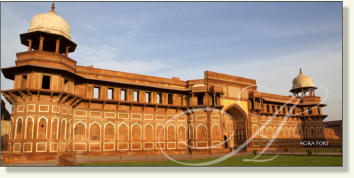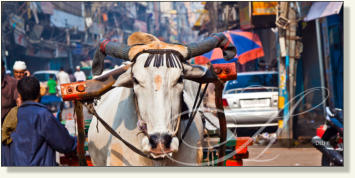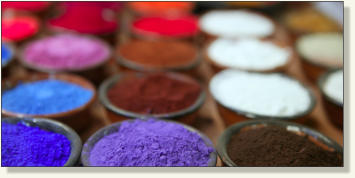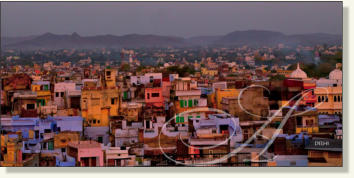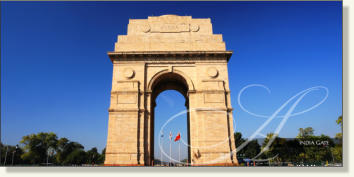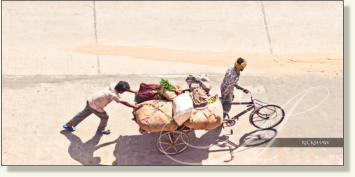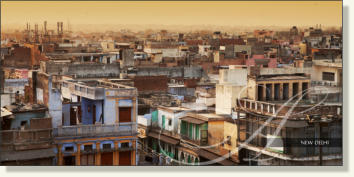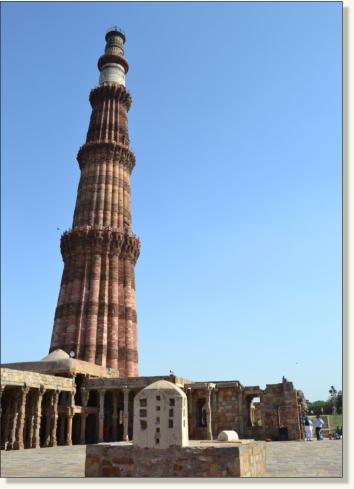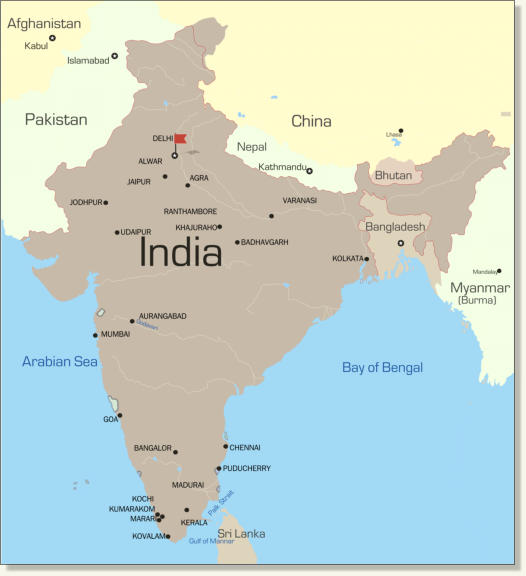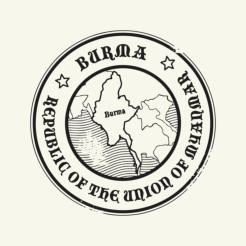TO CUSTOMIZE YOUR JOURNEY CALL : (800) 420-5993
INDIA: DELHI




DELHI

THE CITY:

Delhi is made up of about 15 cities, spanning the period from the 11th to 20th
centuries. There is little left of the early cities. Old Delhi (Shahjahanabad) and New
Delhi, the two most recent cities and the heart of modern Delhi, are relatively intact.
Mughal Emperor Shah Jehan in 1650 switched the Mughal capital from Agra to
Delhi. Shah Jehan possessing an exquisite talent, especially in architecture, created
the seventh city and in the process brought about Delhi's glorious renaissance. The
Red Fort (Lal Qila) is Shah Jehan's symbol of power and elegance, built behind red
sandstone walls. Its main gate (Lahore Gate) faces Chandni Chowk, the perpetually
congested avenue heading west from the Red Fort, is filled with twisting lanes, small
streets and crowded bazaars. If you peer through a portico you may see a man
getting shaved, silver being weighed, or any other conceivable form of intense
commerce.
In 1911 King George V announced the transfer of the capital from Calcutta to Delhi.
The King's architects, Lutyens and Baker, set in motion the design and construction
of Delhi's eight city - New Delhi. Lutyens designed an "Imperial City" having
palatial-sized buildings set amid broad tree-lined avenues punctuated by Moghul
style gardens, complete with fountains and shallow pools. It took 20 years to
complete this immense undertaking only to have the British pack up and relinquish
the subcontinent in 1947.



